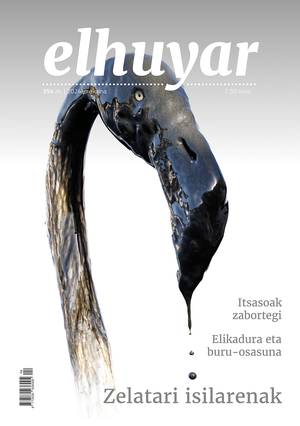Organic lighting diodes closer and closer

Although organic diodes consume less energy than conventional light bulbs, they are not marketed because they are too expensive. However, the University of Princeton --New Jersey - is developing a technique that significantly embraces the process of making these diodes.
Diodes mix materials that emit blue, red and green light for white light. However, as the material emitting blue light degrades faster than the other two, over time light becomes yellowish. To correct this error, a fluorescent material has been used to generate blue light. Both receive the light that gives off an excited electron when relaxing, but the fluorescent material can take advantage of the light from the electron falling hundreds of times faster. With this particularity, organic diodes are expected to be cheaper and longer in production.
The organic diodes emitting red and green light have an average duration of about 10,000 hours higher than that of a conventional bulb. But we have to improve because blue diodes only reach half of those hours.






